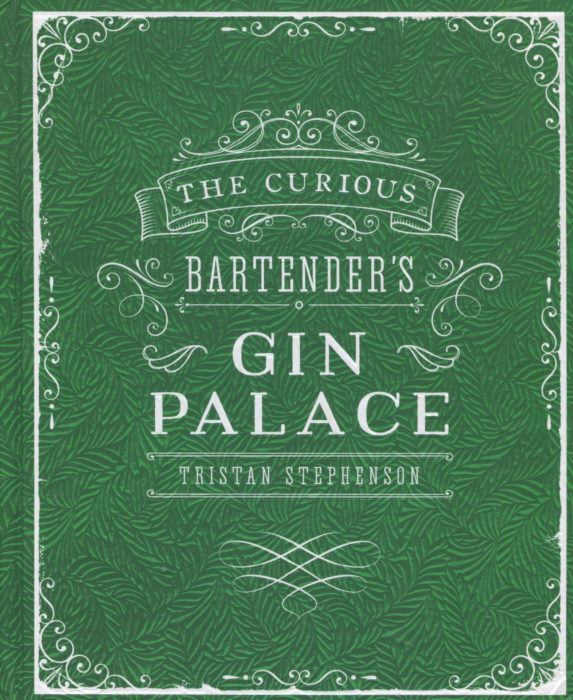
Gin. I came late to gin. And it was indirect.
My wife Suzi went to a gin tasting and came home raving about what a wonder it was. I was unmoved. How could gin be good? I had tasted gin when my mother offered me a sip of her martini. I was about eight. My lips puckered. And I was gin shy for decades.
Post gin tasting, Suzi and I bought Tanqueray, began making Gin and Tonics, and fell in love with gin. Since then, we have conducted gin explorations on two fronts: the amazingly different gin types out there and the bevy of cocktail recipes that employ all those gin concepts.
Rum is rum, perhaps doctored with coconut flavoring or the spices of Captain Morgan. Whiskey is whiskey. Yes, there are differences among whiskey brands there and experts will rage great battles over them, but honestly, how deep are those differences for most of us whose taste buds are saturated in a couple of sips? There are just so many ways you can make that rum, that whiskey.
But gin. No, gin is different. Gin is the Disneyland of liquor. There is a rich history of gin creation, modification, and exploitation.
This book, by accomplished mixologist and author Tristan Stephenson, is an encyclopedia of gin: history, manufacture, gin types, and gin cocktails. There is a chapter devoted to each of these topics in The Curious Bartender’s Gin Palace.
The history here is lavishly illustrated and beautifully informative. Gin history is complex and shows how alcohol is interwoven into our culture. The chapter on how gin is made points to its complexity: there are pages and pages on the different botanicals that are used, in varying amounts, by today’s gin chemists. Juniper, of course, but also coriander, cardamom, liquorice, orris, cinnamon, angelica, …
Some gins are made with just a few additions, some have dozens. The different gins are fashioned with “secret” formulas that are passionately preserved. And probably endless experimented with. No, that Tanqueray will never change substantially, but that team probably cannot resist seeing what tinkering might achieve. And all gin creators face a constant problem: what happens when this year’s spices have a significantly different flavor profile than the classic blend. How do you recover? Can you recover? Should your recover?
Chapter 3 is The Gin Tour and here, country by country, the top brands are covered in two pages descriptions with comprehensive detail. History, hints at the secret formulas, alcohol content, and insights into the loving vision each manufacturer. If you want to know why you love that Bombay Sapphire or Hayman’s, here you can learn why.
More importantly, if you wander into a liquor store and stand in front of a wall of gins, this book can help you understand which are the top brands and how they differ. There is sound advice here to help guide your purchasing. Over twenty distillers in England are discussed, seven in Scotland, twelve from mainland Europe, and eight from the USA. Now, that’s a small sample of the many very good gin makers out there, but this carefully articulated list points you to the very top world brands you should consider.
Once that gin is in your home, what to do with it? Honest to God, a good G&T can be sublime. Quickly made, endlessly relaxing. Here, in Chapter 4 Gin Cocktails, you will find refined classics with the suggestion you make your own components:
Homemade Tonic Water: grapefruit zest, allspice, peppercorns, citric acid and more
Fruit Cup Syrup: sugar, strawberries, cucumber, grapefruit, min, lavender
Old cocktails friends are here in perfected proportions: French 75, Gimlet, Lime Rickey, and the Negroni.
If you are gin aficionado, then this book is a welcome guide. If gin mystifies you, then this book is educational, entertaining, and delicious.
